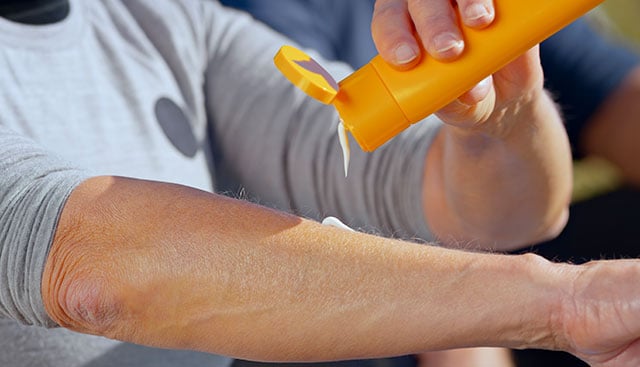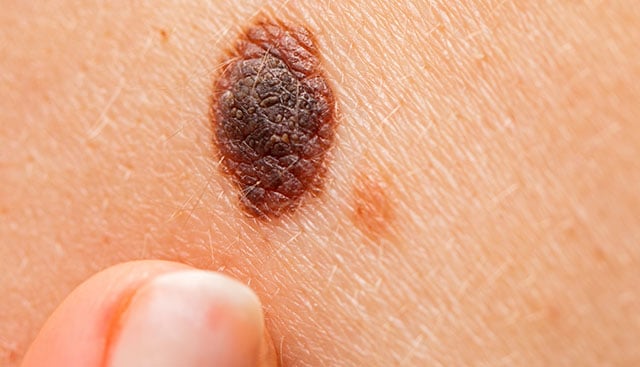Melanoma Causes and Risk Factors
Melanoma is a type of skin cancer that develops in melanocytes, the skin cells that produce the pigment (melanin) that gives the skin its color. While melanoma is less common than other types of skin cancer, such as basal cell carcinoma and squamous cell carcinoma, it tends to be more aggressive. If left untreated, it is also more likely to spread to other parts of the body.
Melanoma can occur anywhere on the body, but it is most commonly found on the back in men and on the legs in women. It is often characterized by changes in the size, shape, color or texture of an existing mole or the appearance of a new, unusual skin growth. Early detection of melanoma is the key to achieving the best possible outcome and quality of life.
What causes melanoma?

Melanoma develops when melanocytes undergo harmful changes that cause them to grow and divide uncontrollably. These changes occur when the cellular DNA is damaged, often through frequent exposure to ultraviolet (UV) light from the sun or indoor tanning devices. Other possible causes include exposure to ionizing radiation and a suppressed immune system. Additionally, DNA is inherited, and some DNA changes that increase the risk of melanoma can be passed from parent to child.
When melanocytes become cancerous, they can accumulate and form a tumor in the skin. If the tumor is not detected and treated early, the cancerous cells may spread to nearby tissues. Melanoma cells can also enter the bloodstream or lymphatic system, circulate throughout the body and reach distant organs.
What are the risk factors for melanoma?
There are several well-established risk factors for melanoma. While some can be managed, others cannot.
Melanoma risk factors that can be controlled
The primary risk factor for melanoma—exposure to UV light—can be controlled through positive lifestyle changes and preventive measures, such as:
- Minimizing sun exposure – One of the most effective ways to reduce the risk of melanoma is to limit exposure to UV radiation from the sun, especially between 10 a.m. to 4 p.m., when the sun’s rays are generally strongest. When spending time outdoors, it is essential to wear protective clothing, a hat and sunscreen.
- Not using indoor tanning devices – Contrary to popular belief, tanning beds, booths and lamps are just as damaging as the sun. Indoor tanning devices emit dangerous UV radiation that increases the risk of melanoma and other types of skin cancer.
Melanoma risk factors that cannot be controlled

Some known melanoma risk factors that cannot be managed include:
- Many typical moles
- Atypical moles
- Large moles
- Personal or family history of melanoma
- Fair skin that freckles and burns easily
- Blue eyes
- Naturally red or blond hair
- Exposure to ionizing radiation from prior medical treatment
Additionally, as with many other types of cancer, melanoma risk increases with age.
Can melanoma be prevented?
In addition to taking proactive steps to manage the controllable risk factors for melanoma, it is important for everyone to learn about the signs and symptoms, become familiar with the look and feel of their skin, perform monthly self-exams and discuss any unusual changes with a healthcare professional who can provide an accurate diagnosis. Another key part of an effective melanoma prevention strategy is to have regular skin cancer screenings performed by a physician.
Frequently asked questions (FAQs) about melanoma causes and risk factors
The following FAQs-related article provides additional information about melanoma causes and risk factors:
Benefit from world-class care at Moffitt Cancer Center
Moffitt is pleased to provide free skin cancer screenings, education and sunscreen samples through our Mole Patrol®, a mobile skin cancer screening program that travels to various Florida venues throughout the year.
If you have been diagnosed with melanoma and would like to learn more about melanoma causes and risk factors, you can request an appointment with a specialist in our Cutaneous Oncology Program by calling 1-888-663-3488 or submitting a new patient registration form online. We do not require referrals.
Diagnosis
